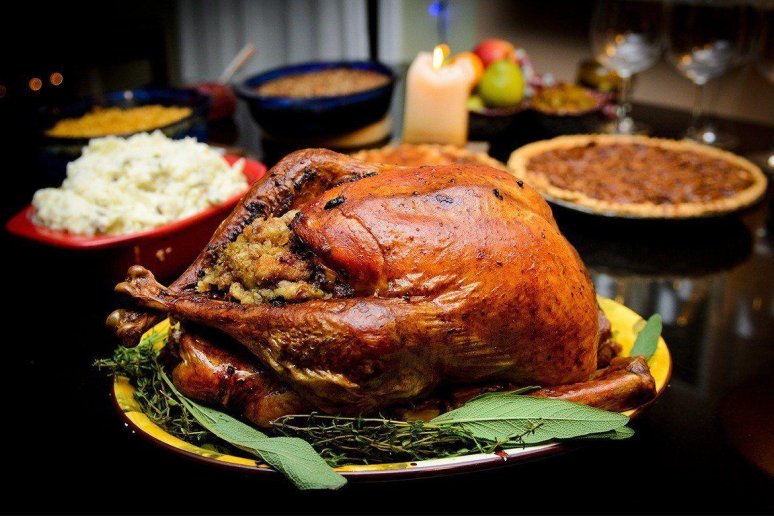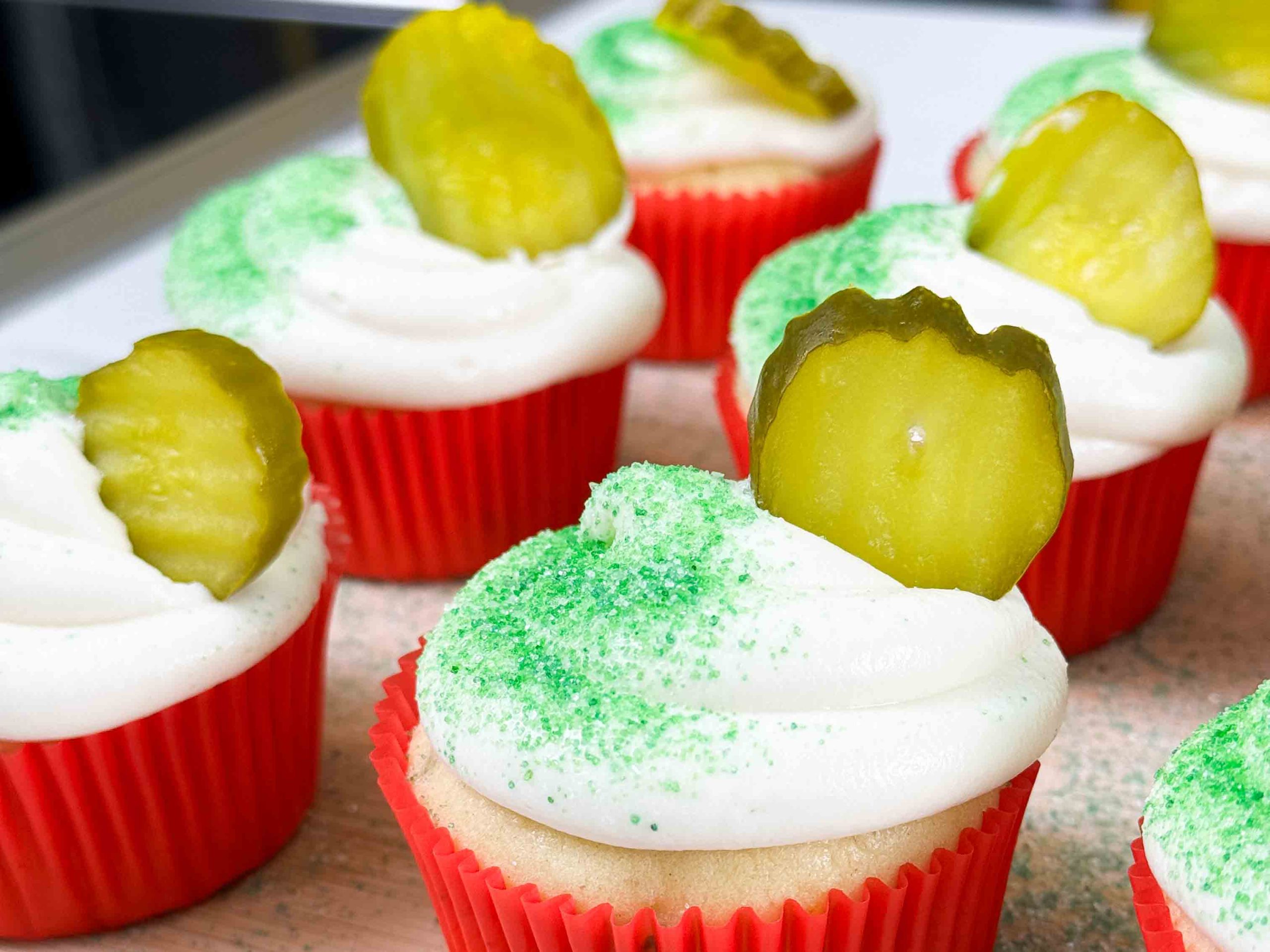This One Ingredient Will Make Your Thanksgiving Turkey Skin Super Crispy


Although some cooks and chefs swear by it, I’ve never been a fan of wet-brining my Thanksgiving turkey. Here’s why:
Two: I think the inherent meatiness of the turkey is diluted by the water; in fact, culinary genius Harold McGee tells us, “Brined meats end up gaining 10 percent or more of their original weight in water and salt.” That doesn’t work for me; I need that meaty flavor.
Three: You can’t make gravy with the roast drippings! They are intensely salty and therefore unusable.
Even with all those convincing negatives, the primary reason I don’t wet-brine my Thanksgiving turkey is that I use a baking powder and salt mixture and just watch scientific cooking magic happen.
Yes, you read right: I said baking powder.
A dry brine made with one part baking powder and three parts salt is the not-so-secret secret to super crispy turkey skin and tender, juicy meat.
I first learned this technique from Serious Eats master J. Kenji López-Alt (thanks to him I spatchcock my bird, too), and I will probably never, ever cook my turkey any other way.
Once the bird is evenly and sufficiently rubbed, it then sits, uncovered, in the fridge for 24 hours (or three days covered lightly with plastic wrap), during which the baking powder reacts with the juices in the turkey to create a tiny layer of carbon dioxide bubbles on the surface. These bubbles help the skin to brown evenly and achieve that ultra-crispy (and sometimes excitingly crunchy) skin. The baking powder also raises the turkey’s pH levels, making it more alkaline; this works to relax the proteins and help the bird retain its natural moisture. When cooked, this translates into soft and irresistibly moist meat.
This technique is incredibly easy; just make sure you have enough space in your fridge to store the bird, and check ahead of time that your oven is big enough (I’m looking at you, tiny New York City apartment appliances!) to allow hot air to circulate around the bird for optimum browning and crisping effect.






















